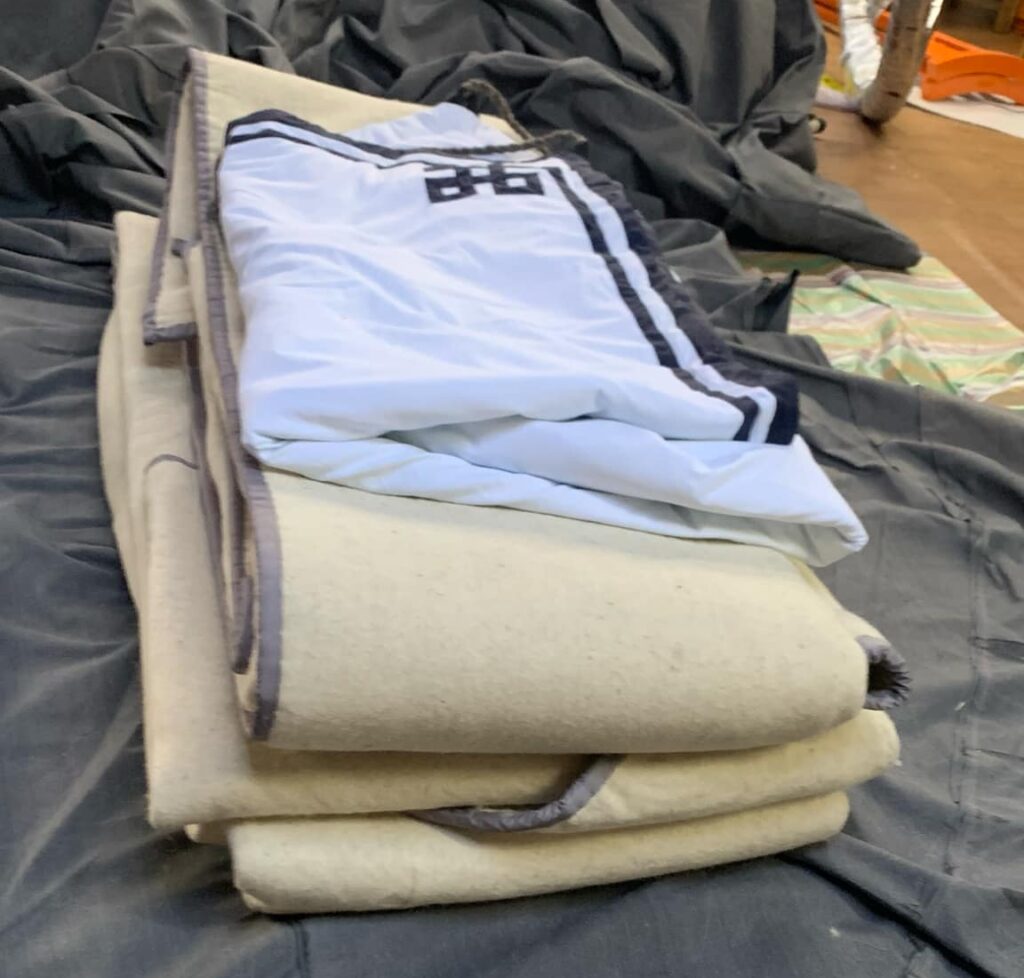-
100% Handmade Mongolian Felt Slippers | White
$32.95 – $39.95 -
100% Handmade Mongolian Felt Slippers | Dark Brown
$32.95 – $39.95 -
100% Handmade Mongolian Felt Slippers | Beige
$32.95 – $39.95 -
100% Handmade Mongolian Felt Slippers | Dark Purple
$32.95 – $39.95 -
100% Handmade Mongolian Felt Slippers | Emerald Green
$32.95 – $39.95 -
100% Handmade Mongolian Felt Slippers | Red
$32.95 – $39.95 -
100% Handmade Mongolian Felt Slippers | Orange
$32.95 – $39.95 -
100% Handmade Mongolian Felt Slippers | Light Blue
$32.95 – $39.95 -
100% Handmade Mongolian Felt Slippers | Dark Green
$32.95 – $39.95
What is Mongolian Felt?

Mongolian felt, known locally as “esgii” (эсгий), is a traditional textile made from compressed wool, primarily sourced from sheep, goats, or camels. It has been an integral part of Mongolian culture and daily life for centuries, serving various purposes due to its durability, insulating properties, and versatility. Here’s a closer look at its characteristics and uses
Felt represents a deep connection to Mongolia’s nomadic traditions and self-sustaining lifestyle. The craft of felting is often passed down through generations, reflecting the ingenuity and resilience of Mongolian culture.
Use of Felt in Mongolia
Mongolian felt is a versatile material with numerous applications rooted in the country’s nomadic traditions. It is most famously used as the insulating layer for gers (yurts), providing protection against Mongolia’s harsh climate with its excellent heat-retaining and wind-resistant properties.
Felt is also crafted into clothing and accessories, such as boots, hats, and winter coats, valued for their warmth and durability. In homes, felt serves as rugs, floor coverings, and decorative wall hangings, adding both functionality and cultural aesthetics.
Beyond traditional uses, felt has evolved into an eco-friendly material for modern products like bags, slippers, and artisanal crafts, blending tradition with contemporary design. Its enduring utility and cultural significance make it an integral part of Mongolian life.
How Are Mongolian Felt Slippers Made?

Mongolian felt slippers are handcrafted using traditional felting techniques, combining artistry and practicality. The process involves the following steps:
1. Preparing the Wool
The process begins with cleaning and carding wool, usually sourced from sheep, goats, or camels. The wool is combed to remove impurities and create a uniform texture suitable for felting.
2. Laying the Wool
Layers of carded wool are laid out on a flat surface in the general shape and size of the slipper. Multiple layers are often used to ensure thickness and durability.
3. Felting the Wool
- The wool is moistened with warm water, sometimes mixed with soap to help the fibers bond.
- Pressure is applied by hand or tools to compress the layers, and the wool is rolled, kneaded, and rubbed repeatedly. This agitation causes the wool fibers to interlock, forming a dense fabric.
- The felting process is adjusted to create the slipper’s specific thickness and texture.
4. Shaping the Slippers
Once the wool has partially felted, it is shaped into the form of a slipper. This is done by:
- Using a mold or pattern to create the desired shape.
- Stretching and folding the felt to form the footbed, sides, and upper parts of the slipper.
- Additional felt layers may be added for reinforcement in key areas, like the sole.
5. Drying and Hardening
The shaped felt is left to dry naturally or with controlled heat, solidifying the structure. This step ensures the slippers retain their form.
6. Adding Finishing Touches
Once dried, the slippers are refined by:
- Cutting edges for a smooth finish.
- Stitching or attaching soles, often made of leather, suede, or reinforced felt, to provide durability and grip.
- Decorating with embroidery, patterns, or colorful wool accents, adding a touch of artistry.
7. Quality Check
The final slippers are inspected for consistency, comfort, and durability before they are ready for use or sale.
Mongolian felt slippers are highly prized for their warmth, natural insulation, and breathable qualities, making them ideal for cold climates. Their handcrafted nature also ensures each pair is unique and deeply rooted in tradition.
Felt Slippers Traditions & Modern Day Fashion

Traditionally handmade using wool from sheep, goats, or camels, these slippers were designed to protect feet from the cold, especially during Mongolia’s harsh winters. They were typically crafted by women, using skills passed down through generations, and often adorned with simple designs or patterns reflecting cultural heritage.
In modern day fashion, these are also worn in apartments and households due its comfort and durability. However, most people who live in the ger districts do not wear Mongolian felt slippers as much.
Frequently Asked Questions
Modern felt slippers often feature added functionality, such as leather soles for improved grip or waterproofing for outdoor use. They are marketed as premium, handmade items, catering to consumers who value craftsmanship, natural materials, and environmentally friendly products. Here are some FAQ and most commonly asked questions.
Are Mongolian felt slippers warm?
Yes, they are exceptionally warm! Felt is a natural insulator, making these slippers ideal for cold climates by retaining heat while remaining breathable.
What is Mongolian felt slippers made from?
Mongolian felt slippers are crafted from natural wool, typically sourced from sheep, goats, or camels. The wool is compressed using traditional felting techniques, resulting in a dense, durable fabric.
How long do Mongolian felt slippers last?
Yes, felt slippers are highly durable due to the dense nature of the material. They are designed to withstand frequent wear, especially in indoor settings. They can last a few years when taken care of
Are felt slippers eco-friendly?
Absolutely. Felt slippers are made from renewable and biodegradable materials, often handcrafted using sustainable techniques without synthetic chemicals or harmful processes.









